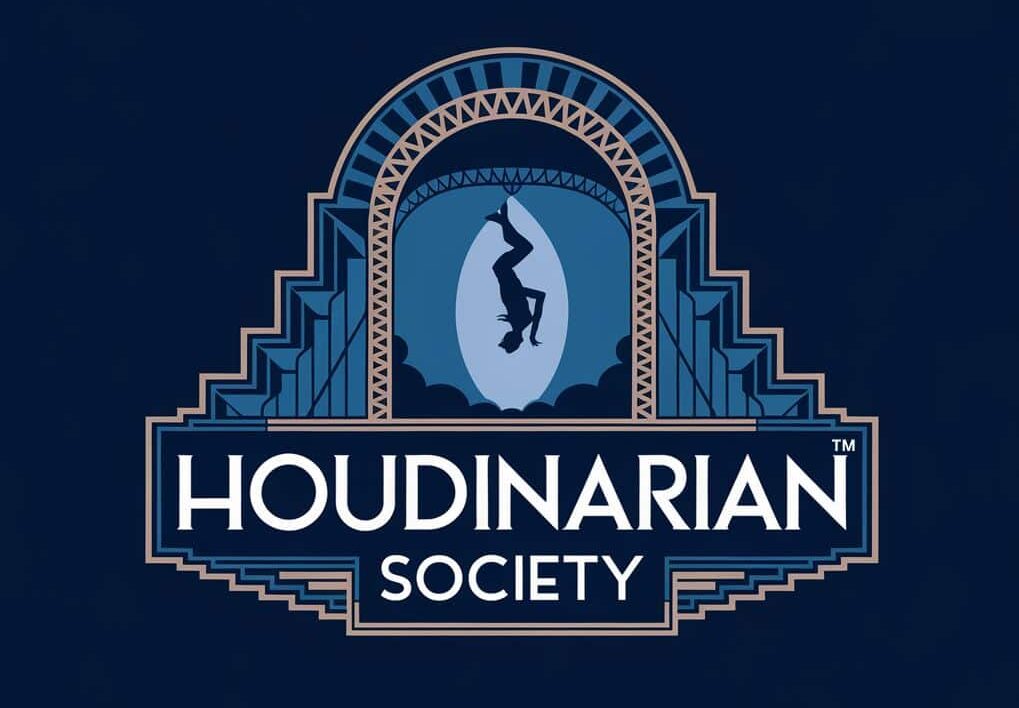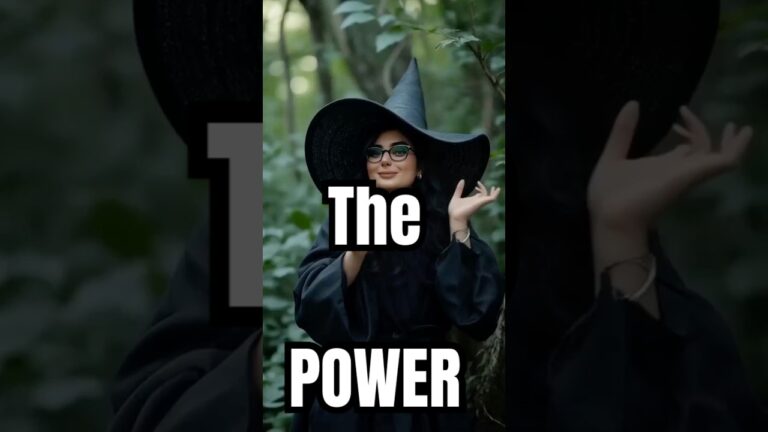Understanding Misdirection: Techniques for Captivating Your Audience’s Attention
Magic tricks captivate audiences through clever manipulation of attention. Misdirection techniques guide viewers to focus on specific actions while hiding others, creating the illusion of impossible feats.
By controlling where your audience looks and what they notice, you can make objects vanish, appear, or transform right before their eyes.
The key to successful misdirection lies in natural movements and engaging patter. Your words and gestures work together to direct attention exactly where you want it.
When you master these skills, even the simplest tricks become magical experiences.
Creating effective misdirection starts with your routine design. Every movement serves a purpose – either to draw attention or deflect it. Your success depends on making these manipulations feel natural and unforced.
The Psychology Of Misdirection

Misdirection techniques in psychology use specific methods to guide attention and shape perceptions. These mental processes tap into how your brain processes information and responds to stimuli.
Cognitive Processes And Attention
Your brain can only focus on a limited amount of information at once. When you experience a sudden sound or touch, your attention automatically shifts toward that stimulus. This natural response creates a perfect opportunity for misdirection.
Key Attention Triggers:
- Sudden movements
- Unexpected sounds
- Social cues
- Visual contrast
You’re more likely to miss subtle changes when focusing intensely on one thing. This phenomenon, called inattentional blindness, makes you vulnerable to carefully planned misdirection.
The Role Of Perception In Misdirection
Your brain creates shortcuts to process information quickly. These mental shortcuts affect how you interpret what you see and hear.
Skilled performers manipulate these perceptual patterns by:
- Creating false assumptions
- Using spatial misdirection
- Exploiting timing expectations
Your expectations shape what you notice. When something matches your mental pattern, you’re less likely to question it.
Psychological Triggers And Their Impact
Strong emotional reactions can override logical thinking. Fear, excitement, and curiosity make you more susceptible to misdirection techniques.
Effective Psychological Elements:
- Time pressure
- Social pressure
- Emotional engagement
- Pattern interruption
Your natural desire to make sense of situations works against you. When faced with incomplete information, your mind fills in gaps with assumptions.
This mental process of completion makes you an active participant in your own misdirection.
Historical Context And Houdini’s Influence

Magic’s greatest innovator transformed audience misdirection through bold new techniques and theatrical staging that still influence performers today. His groundbreaking methods created the blueprint for modern magical deception.
Houdini’s Pioneering Techniques
Harry Houdini mastered directing audience attention through strategic distraction. He used dramatic gestures and props to draw eyes exactly where he wanted them while executing his real methods elsewhere.
His genius lay in making the obvious seem impossible. When escaping handcuffs, Houdini would struggle dramatically at first – training viewers to focus on his hands while he prepared the actual escape mechanism.
You can see his influence in how he combined physical skill with psychological manipulation. He understood that controlling where people looked was just as important as the mechanical aspects of his illusions.
Case Studies Of Houdini’s Performances
The Chinese Water Torture Cell exemplified Houdini’s masterful misdirection. While audiences fixated on the dramatic tank of water, his real methods involved the frame’s construction.
His famous Metamorphosis illusion used rapid movement and theatrical timing to create impossible-seeming switches. The speed left viewers unable to track the true sequence of events.
During handcuff escapes, Houdini often engaged in witty banter with the audience. This casual conversation served a deeper purpose – it relaxed viewers and diverted attention from his subtle manipulations.
The Evolution Of Misdirection Since Houdini
Modern magicians build on Houdini’s foundation while adapting to today’s savvy audiences. Scientific research into perception now guides how performers direct and manipulate attention.
Digital effects and new technologies expand the toolbox, but the core principles remain. You’ll notice contemporary magicians still use Houdini’s methods of combining physical movement with psychological manipulation.
Stage magicians now incorporate multiple layers of misdirection. When you watch closely, you’ll spot them using gesture, speech, and staging simultaneously to control where audiences focus their attention.
Subtle Techniques In Misdirection

Misdirection techniques rely on precise control of attention through carefully planned movements, perfect timing, and engaging narratives. These elements work together to create moments of wonder and amazement.
The Use Of Movement And Gestures
Your hands tell a story all their own. Small, natural gestures draw attention exactly where you want it while larger movements can mask subtle actions elsewhere.
Selective attention plays a crucial role in your performance. When you point or gesture, your audience’s eyes naturally follow. Use this to your advantage by making deliberate motions with your free hand while performing sleight of hand with the other.
Keep your movements fluid and natural. Sharp or jerky motions can break the spell and alert viewers that something is happening behind the scenes.
Timing And Pacing In Performance
Your timing must flow like music – each beat precisely placed. Fast movements catch attention, while slow ones let it drift exactly where you need it.
Break your routine into distinct segments with clear transitions. This gives your audience natural moments to reset their attention, making them more susceptible to misdirection.
Creating different realities through pacing helps mask your methods. Speed up during revealing moments and slow down when executing secret moves.
Creating Misdirection Through Storytelling
Your patter serves as more than mere entertainment. Each word should guide attention and create moments of cognitive blindness.
Build stories that naturally direct focus away from your methods. Use vivid descriptions and engaging questions to occupy the mind while your hands work unseen.
Create emotional peaks in your narrative that coincide with key moments of misdirection. When people are emotionally engaged, their analytical minds take a back seat.
Overt Techniques In Misdirection
Magicians use direct and obvious movements to control attention and create illusions. These techniques work by openly drawing focus to specific actions while concealing others.
Visual And Auditory Distractions
Large, sweeping hand gestures catch your eye naturally. You’ll notice magicians often use dramatic movements to pull your attention exactly where they want it.
Your brain responds automatically to sudden sounds or bright lights. A magician might drop a coin or snap their fingers to make you look away at crucial moments.
Common Visual Distractions:
- Flowing costume elements
- Colorful props
- Quick hand movements
- Dramatic lighting changes
The Role Of Props And Stage Design
Props serve multiple purposes in misdirection. You might focus on a red silk scarf while the magician prepares their next move behind a seemingly ordinary table.
Stage layout affects where you naturally look. A bright spotlight or striking backdrop draws your eyes away from subtle movements.
Place your props strategically – what’s closest to the audience gets the most attention. A large prop on one side of the stage can hide smaller actions on the other.
Engaging The Audience’s Emotions
Strong emotional reactions make you focus intensely on specific moments. When you laugh or feel amazed, you’re less likely to notice subtle movements elsewhere.
Using patter and dialogue creates emotional connection. A funny story or intriguing question captures your mind while the magic happens.
Key Emotional Tools:
- Humor
- Suspense
- Wonder
- Surprise
Involve audience members directly in your performance. Their reactions naturally pull everyone’s attention to them instead of your secret moves.
Modern Applications In Performance Magic
Magic shows today blend classic misdirection with cutting-edge methods to create powerful illusions. Stage magicians use psychology, technology, and refined techniques to control audience attention in ways never before possible.
Techniques Used By Contemporary Magicians
Modern magicians rely on sophisticated attention control to guide audiences through their performances. You’ll notice they use casual conversation and natural movements to mask critical moments.
Top performers incorporate multiple layers of misdirection. They might use a loud sound effect while simultaneously drawing your eye with a bright flash. These combinations make their methods nearly impossible to detect.
Body language plays a crucial role too. Simple gestures like where the magician looks or points can direct hundreds of people’s attention at once. Professional magicians practice these moves extensively to make them appear completely natural.
Integrating Technology And Misdirection
Digital effects now enhance traditional magic in creative ways. LED screens, projection mapping, and synchronized lighting create stunning visual diversions.
Key technological elements:
- Motion sensors that trigger effects at precise moments
- Smartphone apps that enable audience participation
- Live camera feeds that magnify subtle movements
- Programmable lighting that shifts attention on cue
These tools don’t replace classic techniques – they amplify them. You might be watching a close-up effect on a giant screen while the real magic happens elsewhere entirely.
Real-World Examples From Modern Performances
Top illusionists like David Copperfield and Shin Lim demonstrate modern misdirection masterfully. Their acts combine multiple techniques seamlessly.
Recent examples showcase innovation:
- Penn & Teller reveal fake methods while secretly using different ones
- Derren Brown uses psychological misdirection through complex storylines
- David Blaine creates documentary-style pieces that misdirect through editing
The most effective modern performances make you forget you’re watching a magic show at all. Your attention flows naturally from moment to moment, guided by invisible techniques that feel completely organic.
Practical Methods For Performers
The key to powerful misdirection lies in mastering specific techniques and avoiding common pitfalls that can break the spell. These proven methods will enhance your ability to guide attention exactly where you want it.
Exercises To Develop Misdirection Skills
Start by practicing with a coin in front of a mirror. Roll it across your knuckles while maintaining natural eye contact with your reflection. This builds muscle memory and helps you divide your attention effectively.
Set up three objects on a table and practice drawing attention to each one in sequence. Use your gaze, gestures, and body position to guide focus. Time yourself and aim to make the transitions smoother with each attempt.
Work on your timing and audience management by performing simple effects for friends. Notice when their attention follows your leads and when it doesn’t.
Tips For Incorporating Misdirection Into Acts
Create moments of genuine audience engagement through natural conversation and questions. This builds trust and makes your misdirection more effective.
Key Elements for Success:
- Move with purpose and confidence
- Maintain consistent eye contact
- Use casual gestures that feel natural
- Speak clearly and at a steady pace
Your movements should flow smoothly from one action to the next. Avoid sudden or jerky motions that can break the audience’s focus.
Common Mistakes And How To Avoid Them
Many performers rush their movements. They also oversell the misdirection. Take your time. Trust that subtle actions work better than obvious ones.
Directing attention too forcefully makes audiences suspicious. Instead, guide their focus gently. Do this through natural actions and reactions.
Common Pitfalls:
- Looking at your hands during sleight of hand
- Making movements too big or theatrical
- Breaking character when executing moves
- Speaking too quickly or nervously
Practice your routines slowly at first. Speed comes naturally with confidence and experience.






